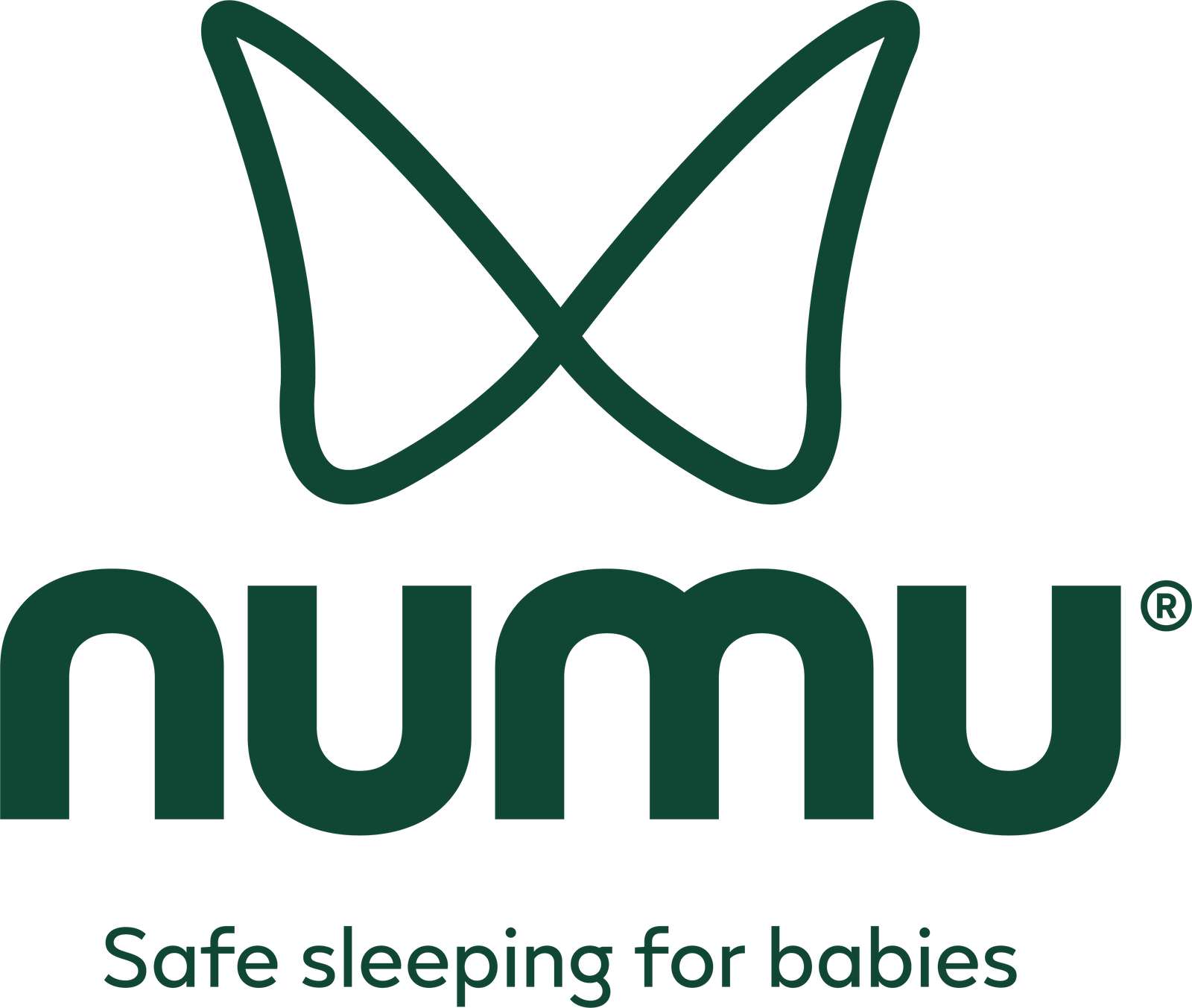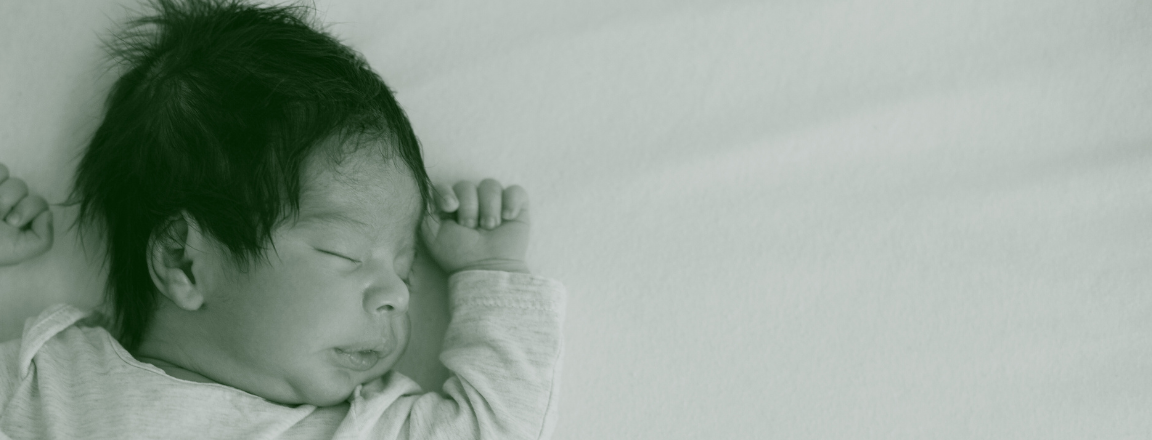One thing I didn't anticipate as a new parent was the overwhelming number of decisions I had to make. From selecting the best stroller to choosing the right food and clothes for my baby, it was a lot to handle. One area of contention between my partner and me was setting up our baby's cot and bedroom. We debated everything from the cot's size and location to what should or shouldn't be inside the cot.
One crucial aspect we were confused about was the type of mattress to use. Initially, we both preferred a soft mattress for our baby, but after doing some research, we realized that a firm mattress with a fitted sheet is the gold standard for baby safety. This brought up an important question: "Too soft, too hard, or just right?"
The more we read, the more we understood the significance of mattress firmness for our baby's health. If the mattress is too soft, it can increase the risk of Sudden Infant Death Syndrome (SIDS) by compromising the baby's airway. On the other hand, if it's too hard, the baby might be uncomfortable during sleep. We needed to find a mattress that was just right—neither too soft nor too hard.
To determine the appropriate firmness level, we relied on trusted sources like the Royal Children's Hospital and Red Nose Safe Sleeping guidelines. They recommend that the mattress should maintain its shape without indenting or conforming to the baby's head when placed on its surface. To test the firmness, a simple press test suffices—apply pressure to the mattress and observe how far it depresses and whether it retains its shape upon release.
In addition, we discovered that it's important to keep bedding minimal and ensure that the sheet fits the mattress well. Extra pillows, blankets, teddies, and toys should be left out of the cot to create a safer sleeping environment.
Another concern we had was our baby sleeping on her stomach. While experts advise placing babies on their backs to protect their breathing, we heard anecdotes from friends whose babies ended up rolling onto their tummies during sleep. This led us to search for a breathable mattress that wasn't made of foam or other dense materials. By choosing such a mattress, we could minimize the risk of compromising our baby's air supply if she happened to roll over.
Based on the expert guidelines in Australia, we developed the following checklist:
-
A firm mattress:
- Ensure the mattress is firm, clean, and flat, and fits the cot properly.
- The mattress should not significantly indent when pressure is applied, and it should regain its shape after pressure is released.
- Use a mattress that complies with the new AS/NZS Voluntary Standards.
-
A fitted sheet:
- Use a fitted sheet that properly fits the mattress.
- Avoid bulky bedding or loose material in the bed.
- Choose a breathable sheet material with a loose weave, such as cotton.
Armed with this checklist, we felt more confident in selecting the right bedding for our baby. We hope that sharing our checklist will assist you in making a safe and informed decision regarding the mattress for your newest addition.
To learn more about our breathable organic cot mattress, you can read about it here.

